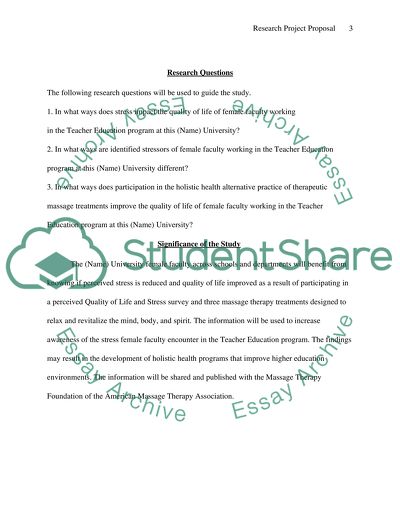Cite this document
(“Research Project Proposal Essay Example | Topics and Well Written Essays - 2250 words”, n.d.)
Research Project Proposal Essay Example | Topics and Well Written Essays - 2250 words. Retrieved from https://studentshare.org/miscellaneous/1514942-research-project-proposal
Research Project Proposal Essay Example | Topics and Well Written Essays - 2250 words. Retrieved from https://studentshare.org/miscellaneous/1514942-research-project-proposal
(Research Project Proposal Essay Example | Topics and Well Written Essays - 2250 Words)
Research Project Proposal Essay Example | Topics and Well Written Essays - 2250 Words. https://studentshare.org/miscellaneous/1514942-research-project-proposal.
Research Project Proposal Essay Example | Topics and Well Written Essays - 2250 Words. https://studentshare.org/miscellaneous/1514942-research-project-proposal.
“Research Project Proposal Essay Example | Topics and Well Written Essays - 2250 Words”, n.d. https://studentshare.org/miscellaneous/1514942-research-project-proposal.


